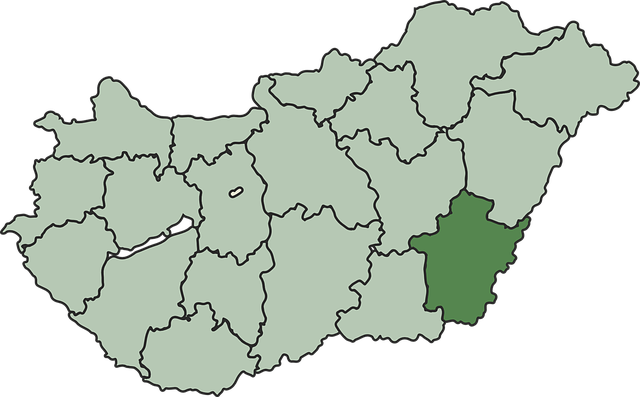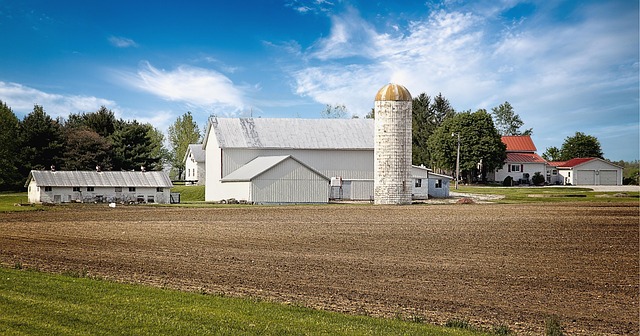The expansion of freeway networks dramatically improves accessibility, boosts property values, and drives economic growth by connecting remote areas and making once-unappealing locations desirable for commuters, families, and businesses. Urban planners utilize advanced tools to design efficient networks that integrate green spaces, emergency services, and smart technologies, enhancing safety and livability. Successful examples like Florida's Interstate 75 and Los Angeles' Freeway System expansion demonstrate the significant positive impact on real estate markets, setting a precedent for nationwide transformation through strategic infrastructure investments.
“Imagine a web of seamless connections, where communities once separated by vast distances now thrive side by side. This is the power of an expansive freeway network—a transformative force in urban planning and real estate development. Our article explores how these thoroughfares impact community accessibility and property values, delving into strategic design considerations for efficient networks. Through captivating case studies, we reveal successful freeway projects that have revitalized entire regions, reshaping real estate markets and fostering economic growth.”
The Impact of Freeways on Community Accessibility and Property Values

The presence of an expansive freeway network undoubtedly enhances community accessibility, connecting distant areas and facilitating efficient travel. This improved connectivity has a profound impact on local real estate markets. Areas previously considered remote or less desirable can now attract buyers and investors due to their better-than-ever reachability. As freeways shorten travel times, they make locations more appealing for commuters, families, and businesses alike.
Property values often mirror the accessibility of an area. Communities with efficient freeway connections tend to experience higher property valuations. This is attributed to the increased desirability of living in locations that offer quick access to urban centers, employment hubs, and other amenities. Real estate agents and developers closely monitor these changes, recognizing the significant influence of infrastructure on local market trends.
Planning and Design Considerations for Efficient Freeway Networks

The planning and design of an expansive freeway network are pivotal in ensuring efficient connectivity between communities, fostering economic growth, and enhancing real estate values. Urban planners and engineers must consider factors such as traffic flow patterns, population density, and future development projections to create a robust infrastructure network. By employing advanced modeling software and data analytics, designers can predict congestion hotspots and optimize the layout of interchanges, on-ramps, and off-ramps to streamline vehicular movement.
Integrating green spaces and scenic routes within the freeway design can also contribute to environmental sustainability and community well-being. Strategic placement of rest areas, emergency services stations, and smart transportation technologies further enhances safety and efficiency. These considerations collectively transform the freeway network into a seamless, user-friendly system that facilitates daily commutes, supports local businesses, and boosts the overall livability of interconnected communities.
Case Studies: Successful Freeway Projects That Transformed Real Estate Markets

Successful freeway projects have had a profound impact on real estate markets, transforming landscapes and fostering economic growth. One notable example is the construction of Interstate 75 in Florida. This expansive freeway not only connected major cities but also spurred significant development along its route. Property values soared, and new businesses flourished, attracting residents and investments alike. The result was a revitalized region with increased accessibility and improved quality of life, setting a precedent for similar infrastructure projects across the nation.
Another compelling case is the expansion of the Los Angeles Freeway System. By upgrading and expanding key corridors, the city achieved better traffic flow, reducing congestion and travel times. This efficiency attracted businesses seeking prime locations, leading to a wave of commercial and residential development. The positive ripple effect on local economies and real estate markets was significant, with areas once considered distant or less desirable becoming vibrant hubs of activity. These case studies demonstrate that well-designed freeway networks can be catalysts for economic growth and community transformation, reshaping the face of real estate across various regions.






